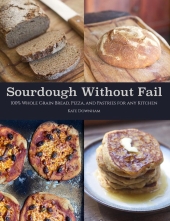



John F Dean wrote:I caught a case of the stupids yesterday. I felt great and put in a long day. I did take a few breaks. My wife insisted I come in at dark. I wasn’t very happy about her messing up my workday, but I did comply. I took a half hour nap, had supper and chilled for a couple of hours. A little over 3 hours after came in side I took my pulse..it was 93. For a baseline, normally it is 67 an hour after I get up in the morning. God only knows what it peaked at.
On the plus side, I got a hell of a lot accomplished.

Lauren Ritz wrote:One of the things that really bothers me (although I do understand the reasons behind it) is that for whatever reason a farmer's crop fails (flood, fire, insects, etc) and you can see the tractors plowing under the whole crop. Here and there one or two plants are doing great under those conditions. And yet they get plowed under with the rest. One corn plant at full height surrounded by water, one bean plant in a dried out field.
I want to scream at the screen, or rush out and stop the desecration. If someone lives in one of those areas, it might be worth it to go "rescue" those few plants and add them to a landrace, assuming they're not GMO.



Alan Burnett wrote:
L. Johnson wrote:
9. Tie bundles of twigs to dry for kindling
Please acknowledge my craft in this spirit, a jig sized to my boot to put forest waste and waste sticks into, stomp down, and twine twice to create firewood kindling bundles. Made of 2x4s and screws, I should be able to fill with sticks, stomp down, twine up, and dry overyear to make wood stove fuel
